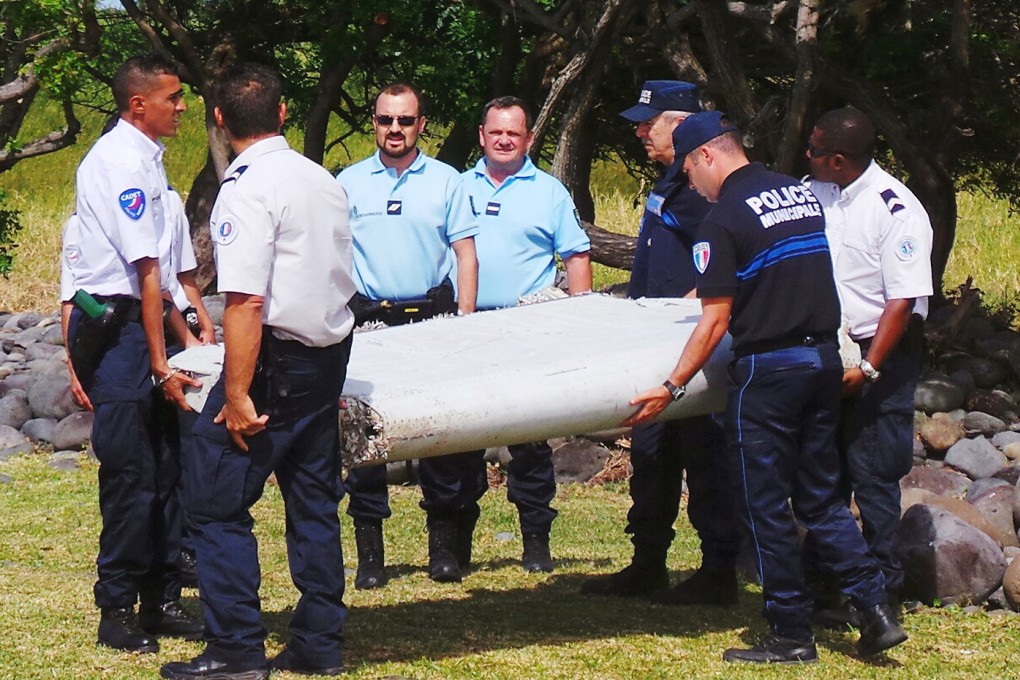'Low-speed plane crash ruled out': Hong Kong, foreign aviation experts weigh in on clues from wrecked MH370 flaperon

The discovery of the debris on a remote French island of La Reunion last week and the analysis by French experts have raised hopes of finally finding what remains of the jet – missing since March 8 last year – and providing a breakthrough to a wrought 17-month-long investigation into one of the world’s greatest aviation mysteries.
Hong Kong Polytechnic University professor Lau Kin-tak, an expert in aircraft engineering and aerospace composite, said the design of the flaperon – fastened with rods to the main wing – ruled out a low-speed impact crash because it would need some force to dislodge the flaperon from the wing itself.
The low-speed impact theory was echoed by some plane experts from the United States.
“That piece maintained its integrity. It’s not crushed,” he was quoted by Bloomberg as saying. “You can deduce it was either a low-energy crash or a low-energy intentional ditching.”